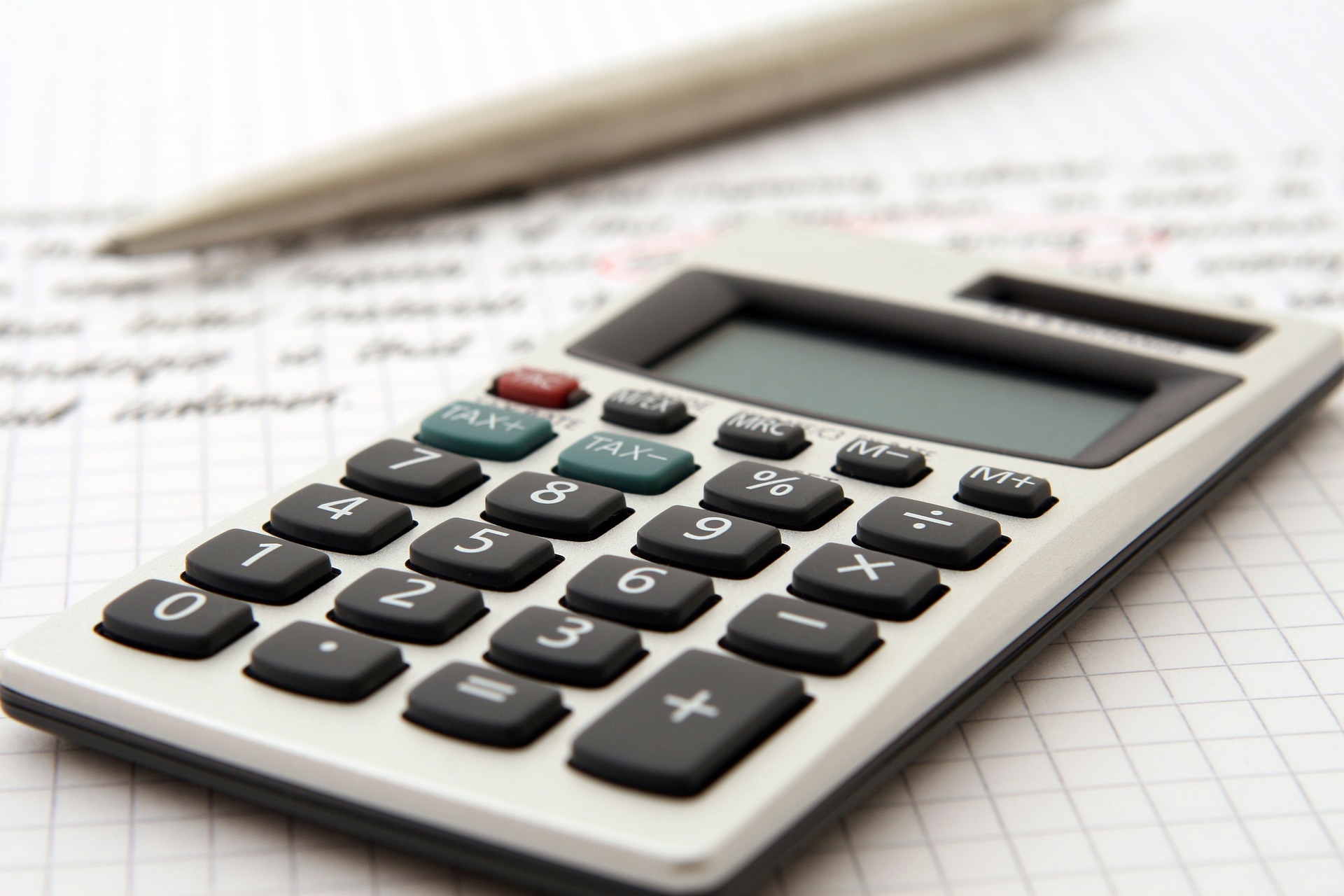Testing concurrent benefits for Section 12L tax incentives in South Africa
DOI:
https://doi.org/10.17159/2413-3051/2020/v31i4a8674Keywords:
energy efficiency, tax incentives, measurement and verification, concurrency, multidisciplinary communicationAbstract
The South African energy crisis harms the economy. Tax incentives are intended to help, but rules for incentives must be understood by all stakeholders for taxpayers to be encouraged to invest. Section 12L (S12L) is relatively new legislation that allows a tax deduction for verified year-on-year energy efficiency savings in South Africa. Concurrent benefits are excluded from this tax incentive, to prevent a double reward for the same activity. Although the prevention of double benefits is commonly addressed in the field of measurement and verification (M&V), non-technical guidelines are not available. This is a critical shortcoming since multiple professions (tax, audit and legal) need to understand the technical M&V requirements of S12L. This study reviews the current legislation and interpretations of concurrent benefits in terms of S12L. It shows that multiple energy-related incentives are utilised by industries and that, therefore, it must be determined if different programmes overlap, so as to create concurrent benefits with S12L. It is then critical to correctly apply M&V practice to ensure exclusion of concurrent benefits. This study also provides a simplified methodology to evaluate concurrency, based on the S12L regulatory requirements and standard M&V methods. Three case studies show how concurrency can occur and how M&V practice is applied to exclude double benefits. The test for concurrency is shown to reduce to the following question: Is the same energy saving funded twice? The tests must be done to ensure no double benefit occurs.
Downloads
References
Ateba, B. B. and Prinsloo, J. J. 2019. Strategic management for electricity supply sustainability in South Africa. Utilities Policy 56: 92–103.
Parliament of the Republic of South Africa. 2012. Amendment of section 12L of Income Tax Act 58 of 1962. Taxation Laws Amendment Act of 2012.
South African National Treasury. 2013. Regulations in terms of section 12L of the Income Tax Act, 1962, on the allowance for energy efficiency savings. Regulation Gazette No. 37136, 09 December 2013, Vol. 582, No. 10080.
Department of Energy. 2016. Post-2015 National Energy Efficiency Strategy. Online at http://www.energy.gov.za/files/policies/Draft-Post-2015-2030-National-Energy-Efficienciency-Strategy.pdf. Date of access: 09 Nov. 2020.
Hamer, W., Booysen, W., and Mathews, E. H. 2017. A practical approach to managing uncertainty in the meas-urement and verification of energy efficiency savings. South African Journal of Industrial Engineering 28 (3): 128–146.
Presidency of the Republic of South Africa. 2016. Act No. 25 of 2015: Taxation Laws Amendment, 2015. Na-tional Gazette No. 39588, 08 January 2016, Vol. 607.
South African Revenue Service. 2019. Interpretation Note 95 (Edition 2).
South African National Standards. 2018. South African National Standard Measurement and verification of energy and demand savings. Pretoria: SABS Standards Division. (SANS 50010: 2018).
Standing Committee on Finance: Report-back hearings. 2009. Taxation Laws Amendments Bills, 2009 Final Response Document.
Department of Energy. 2010. Department of Energy South Africa Policy to support the Energy Efficiency and Demand Side Management Program for the Electricity Sector through the Standard Offer Incentive Scheme. Online at http://www.energy.gov.za/?les/policies/StandardO?erPolicy.pdf. Date of access: 07 Jul. 2020.
South African Revenue Service. 2016. Interpretation Note 95 (Draft).
South African Revenue Service. 2017. Interpretation Note 95 (Edition 1).
U.S. Environmental Protection Agency. 2019. Guidebook for Energy Efficiency Evaluation, Measurement, and Verification. Online at https://www.epa.gov/sites/production/files/2019-06/documents/guidebook_for_energy_efficiency_evaluation_measurement_verification.pdf. Date of access: 09 Nov. 2020.
Budge, M., Booysen, W., and Vosloo, J. C. 2015. Simplifying the process of identifying viable industrial energy efficiency incentives. 13th Conference on the Industrial and Commercial Use of Energy (ICUE), Cape Town, South Africa, 18-19 August, 2015: 212-219.
Fortuin, W. 2013. Eskom’s Integrated Demand Management (IDM) Programme and Funding Options. Online at http://www.ameu.co.za/Portals/16/Documents/EEDSMandRenewableEnergy/EskomIDMfundingoptions-20111213.pdf. Date of access: 07 Jul. 2020.
Eskom Holdings Limited. 2015. Eskom 2015 integrated report. Online at: http://www.eskom.co.za/IR2015/Documents/EskomIR2015single.pdf. Date of access: 07 Jul. 2020.
Eskom Holdings Limited. 2015. MYPD3 Re-opener for selective items (2015/16-2017/18).
South African Department of Energy. 2016. South African CDM Projects Portfolio. Online at: http://www.energy.gov.za/files/esources/kyoto/2016/South-African-CDM-Projects-Portfolio-up-to-19January2016.pdf. Date of access: 07 Jul. 2020.
South African National Treasury. 2019. Draft explanatory memorandum on the draft Income Tax Amendment Bill, 2019.
Department of Trade and Industry. 2014. 12I Approved projects since inception up to 30 April 2014.
Department of Trade and Industry. 2015. Progress report on implementation of the Industrial Policy Action Plan (IPAP) for the financial year April 2014 to March 2015 to the Trade and Industry Portfolio Committee of the National Assembly.
South African National Energy Development Institute. 2016. Section 12L of the Income Tax Act National Road Show, Midrand, South Africa, 2016.
Department of Energy, National Treasury, and Development Bank of Southern Africa. 2019. Independent Power Producers Procurement Programme (IPPPP) An overview. Online at: https://www.ipp-projects.co.za/Publications. Date of access: 07 Jul. 2020.
Eskom Holdings Limited. 2015. MYPD 3 Regulatory Clearing Account Submission to NERSA.
Bright Hub Engineering. 2010. The Efficiency of Power Plants of Different Types. Online at: https://www.brighthubengineering.com/power-plants/72369-compare-the-efficiency-of-different-power-plants/. Date of access: 09 Nov. 2020.
Johnson, K. A., Hamer, W., and Vosloo, J. C. 2019. Structuring uncertainty management for energy savings calculations. South African Journal of Industrial Engineering 30(3): 149–162.
Janse Van Rensburg, H. M., Maneschijn, R., and Booysen, W. 2015. Selecting measurement boundaries for Sec-tion 12L energy efficiency tax applications: A mining case study. 13th Conference on the Industrial and Commer-cial Use of Energy (ICUE), Cape Town, South Africa, 18-19 August, 2015: 263-271.
Hamer, W., Booysen, W., and Mathews, E. 2018. A data quality evaluation framework for industrial energy efficiency reporting. 29th South African Institute of Industrial Engineering Annual Conference, Stellenbosch, South Africa, 24-26 October, 2018: 303-318.
Campbell, K., Booysen, W., and Vosloo, J. C. 2017. Evaluating the feasibility of the 12L tax incentive for energy-intensive industries. South African Journal of Industrial Engineering 28(3): 15–28.
Presidency of the Republic of South Africa. 2019. Carbon Tax Act, 2019 (Act 15 of 2019). National Gazette No. 42483, 23 May 2019, Vol. 647.

Downloads
Published
Issue
Section
License
Copyright (c) 2020 W. Hamer

This work is licensed under a Creative Commons Attribution-ShareAlike 4.0 International License.



.png)